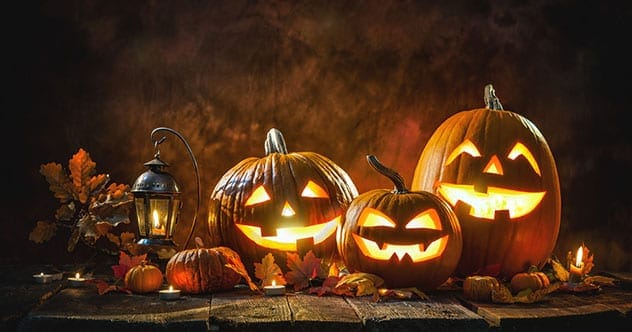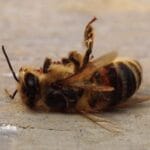It’s Halloween, a time for spooky decorations, creative costumes, and the delightful tradition of trick-or-treating. As we gear up for this eerie holiday, let’s unmask some common misconceptions that have crept into our understanding of Halloween.
10. Halloween is an American Convention
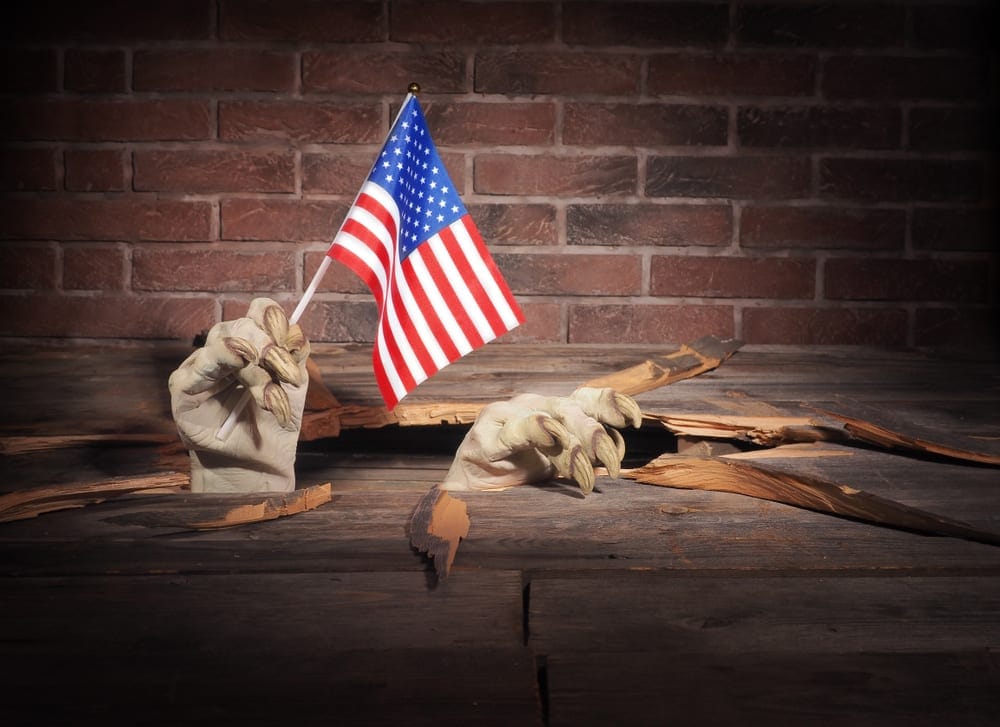
While Halloween is widely celebrated in the United States, with countless Hollywood movies reinforcing this idea, its roots are far from American. Halloween can be traced back to Celtic and Gaelic origins, specifically in Ireland, Scotland, and the Isle of Man.
The celebration is actually the eve of the Western Christian feast of All Hallows’ Day. The word Halloween is a contraction of “All Hallows’ Evening.” Halloween evolved from Celtic folk customs with significant Christian influence. The Celtic festival of Samhain marked the end of the harvest season and the beginning of winter. Celebrated on October 31st, it included bonfires, costumes, and going door-to-door for food.
While Halloween has transformed over time, its origins are not American. Minimal mentions of Halloween appear in American history until the 19th century, coinciding with the mass immigration of Irish and Scottish people to the United States.
9. Halloween is Unsafe for Children
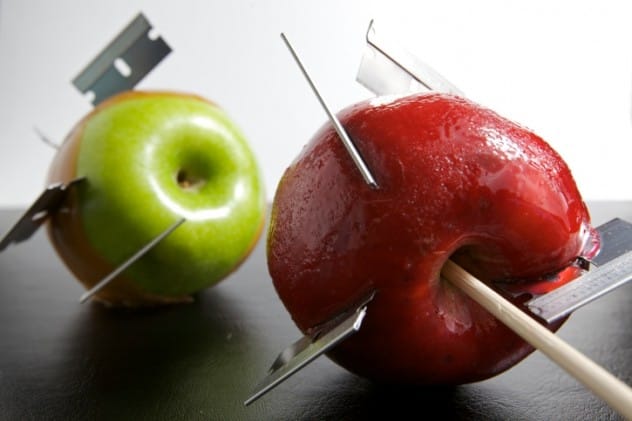
Media stories often highlight safety concerns for children on Halloween, focusing on the risks of kids roaming the streets at night and trusting strangers for treats. Tales of marijuana-infused candy or razor blades hidden in candy apples create fear, along with concerns about child abduction.
However, statistics show that the risk of child abduction is no higher on Halloween than on any other day. According to NBC Chicago, there have only been two confirmed deaths from tainted Halloween candy, and in both cases, family members were responsible, not strangers. Stories of razor blades in candy apples were often found to be pranks by children.
The real risk on Halloween is traffic accidents. With increased pedestrian activity, especially at night, there is a higher chance of accidents involving cars.
8. Jack-O’-Lanterns Have Always Been Pumpkins
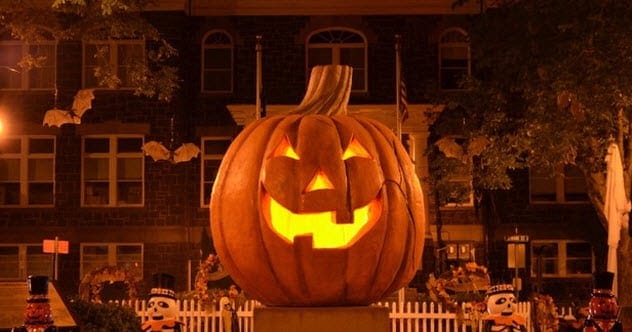
The tradition of carving pumpkins and lighting them with candles is a distinctive Halloween custom. It originates from the Irish legend of Stingy Jack, a con man who tricked Satan on several occasions. When Jack died, he was denied entry to both Heaven and Hell. Satan condemned him to roam the world in darkness until the end of eternity, with only an ember inside a hollowed root vegetable—specifically, a rutabaga or turnip, not a pumpkin.
Stingy Jack had many names, including Jack the Smith and Jack of the Lantern. The Irish carved root vegetables to ward off evil spirits like Stingy Jack. Pumpkins are a more modern take, being softer and easier to carve.
7. Hide Your Black Cats!
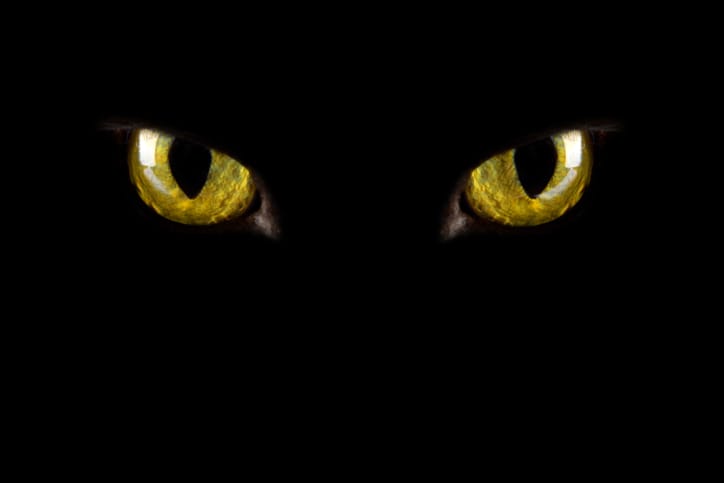
In Western culture, black cats are often viewed as symbols of bad luck. This superstition has been reinforced over time, with associations between black cats and witches. During the dark ages, it was believed that witches could transform into black cats and back again. Black cats were sometimes burned alongside witches at the stake.
Despite these grim associations, the idea that black cats are traditionally sacrificed on Halloween is a myth. Organizations like PETA have highlighted incidents of violence against black cats around Halloween, leading some animal shelters to suspend black cat adoptions in late October to protect them.
6. Halloween Tattoos Are Laced with LSD
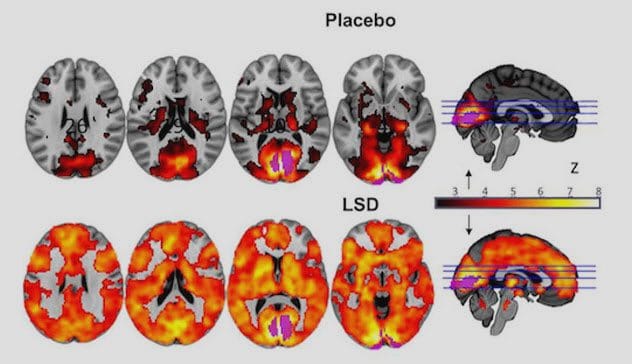
Halloween often brings out bizarre horror stories, including the rumor of drug dealers distributing temporary tattoos laced with LSD to children. This story suggested a covert attempt to get youngsters hooked on drugs, even though LSD isn’t typically addictive.
Given the rise in popularity of temporary tattoos around Halloween, the story gained traction. However, Snopes investigated this rumor and found no verifiable cases of LSD-laced tattoos in Halloween candy or giveaways.
5. Why Do We Dress Up?
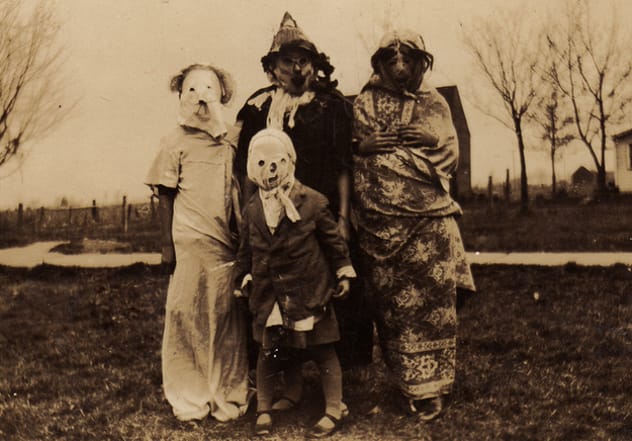
Halloween costumes have evolved from traditional ghosts, witches, and zombies to include superheroes and Hollywood characters. The custom of dressing up on Halloween comes from “guising” in Celtic times.
People would go door-to-door in disguise, a practice known as “souling,” which is an early form of trick-or-treating. They wore masks or “false faces” to disguise themselves from unwelcome spirits. The premise was that by dressing as the dead, they could fool the spirits, who would then leave them alone until the following year.
4. Why Do We Eat Sweet Foods?

The tradition of eating sweet foods on Halloween has roots in Western Christian practices. Old Hallows’ Eve encouraged abstinence from meat, and November 1, or Old Saints Day, was a feast day. Vegetarian foods were commonly consumed, leading to treats like candy apples.
The end of the harvest season also played a role, with fruits and vegetables being plentiful. Traditional sweet treats included potato pancakes and soul cakes. Over time, with American influence, these evolved into the chocolate and candy we associate with trick-or-treating today.
3. ‘The Legend of Sleepy Hollow’ is a Halloween Story
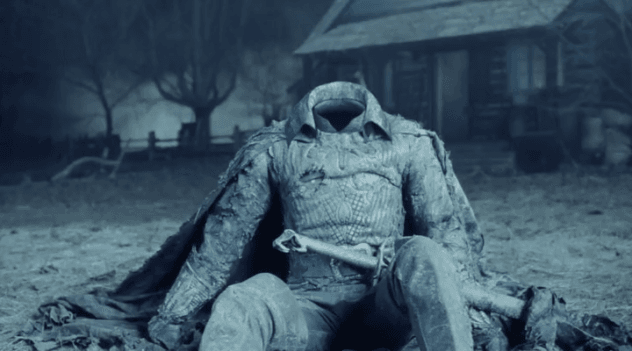
While stories like the ‘Legend of Sleepy Hollow’ and characters like the Headless Horseman are often associated with Halloween, Washington Irving’s 1820 gothic story makes no mention of Halloween.
The American fiction story has seen many adaptations, including Tim Burton’s 1999 film and a TV series in the 2010s. Irving set the story in Tarrytown, New York, and the northern part of the town was renamed Sleepy Hollow in the 1990s to capitalize on the story’s lore and Halloween tradition for tourism.
While the original version fits the dark, gothic horror genre, there is no written connection between Irving’s work and the October 31 celebration.
2. Halloween is Only Popular in North America

Halloween’s popularity in the United States and Canada is undeniable, but it’s a misconception that it’s only celebrated in North America. While fewer kids may trick-or-treat elsewhere, the occasion is observed in different ways.
In the Philippines, Halloween is a major holiday, with celebrations occurring in the week leading up to October 31 and continuing to November 2, All Souls Day. Filipinos often return to their hometowns, celebrating with candles, flowers, and prayers.
In Latin America, Mexico, and Spain, Día de los Muertos (Day of the Dead) is celebrated from October 31 to November 2. Activities include constructing altars to the dead, decorating them with treats, flowers, photos, and candles. Families tidy gravesites and gather to reflect and sometimes drink tequila.
1. Trick-or-Treating Has Always Been About the Kids
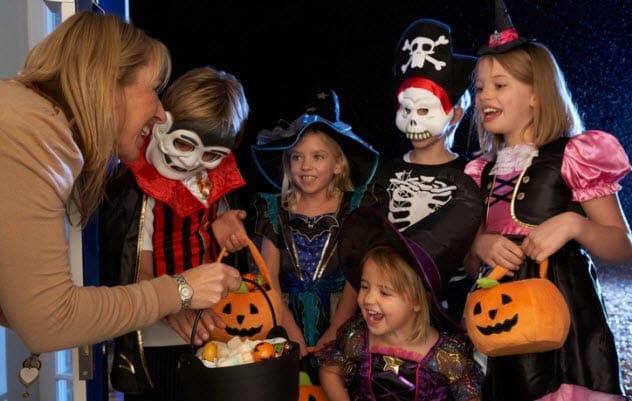
While kids accompanied by adults typically trick-or-treat today, this wasn’t always the case. “Souling” was the original form of door knocking, where beggars and poor people visited wealthy homes, offering prayers for the homeowner’s deceased relatives in exchange for food, often soul cakes. Beggars would ask, “Mercy on all Christian souls for a soul-cake.”
Before this, door knockers would “personify the old spirits of the winter, who demanded reward in exchange for good fortune.” The tradition of dressing up was later adopted by young people, evolving into modern trick-or-treating. “Souling” evolved into “mumming,” where young people told jokes, performed tricks, or staged performances for food.
Leave your comments below about which misconception surprised you the most!


